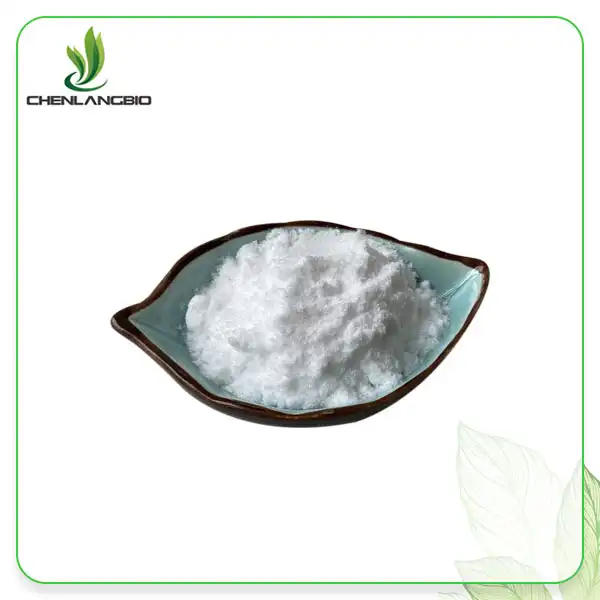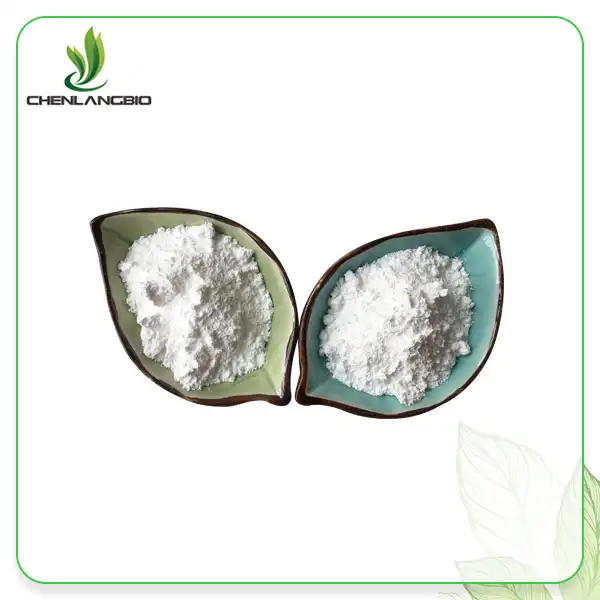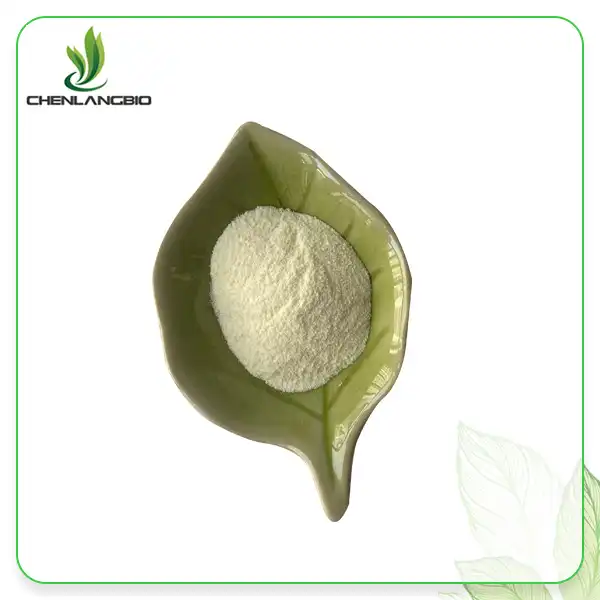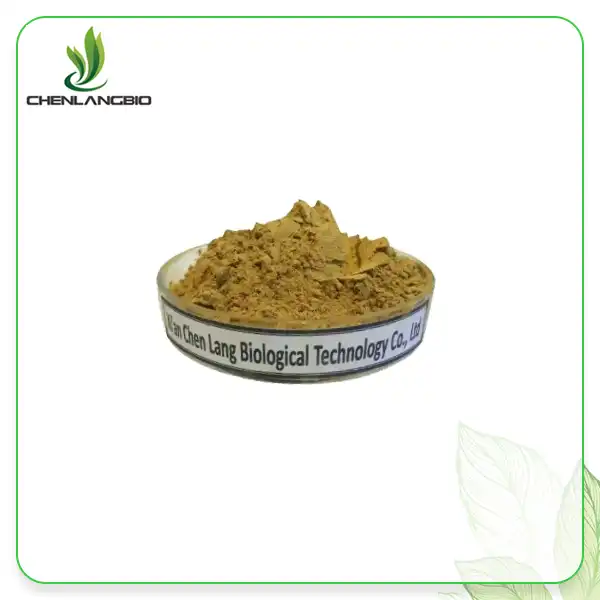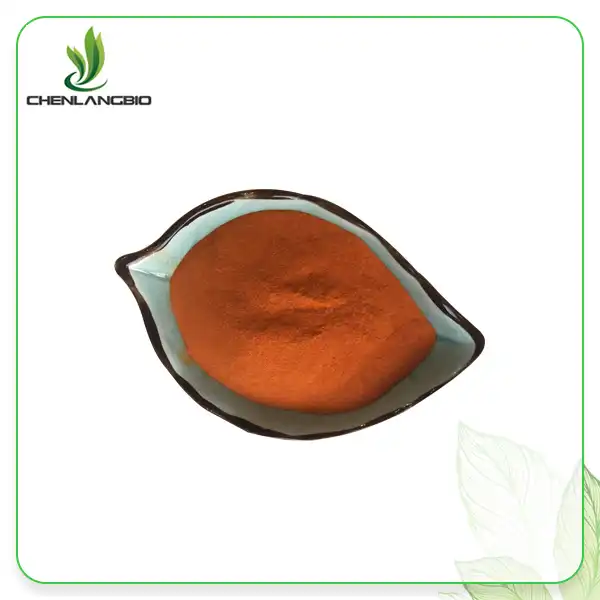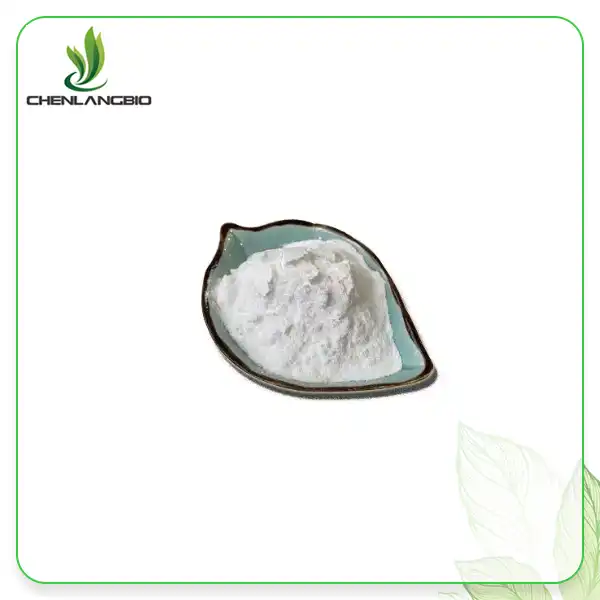What to Avoid When Using Bakuchiol
2024-07-13 10:16:02
Bakuchiol has garnered attention as a natural alternative to retinol, offering similar anti-aging benefits with fewer side effects. However, like any skincare ingredient, there are specific considerations and precautions to take when incorporating bakuchiol into your routine. In this comprehensive guide, we'll explore what to avoid when using bakuchiol to ensure you get the most out of this innovative ingredient.
Can Bakuchiol Cause Skin Irritation?
Bakuchiol is often praised for its gentle nature, but it's essential to understand that skin irritation can still occur under certain conditions. Here’s how to avoid irritation and ensure a smooth experience with bakuchiol.
1. Initial Skin Sensitivity
While bakuchiol is gentler than retinol, some individuals might still experience initial sensitivity, especially if their skin is not accustomed to active ingredients. To minimize irritation, start with a lower concentration of bakuchiol and gradually increase it as your skin builds tolerance.
2. Over-Exfoliation
Combining bakuchiol with other exfoliating agents like alpha hydroxy acids (AHAs) or beta hydroxy acids (BHAs) can lead to over-exfoliation, resulting in redness and irritation. Use bakuchiol as part of a balanced routine and avoid layering multiple exfoliants.
3. Incorrect Product Application
Applying bakuchiol on broken or compromised skin can cause irritation. Always ensure your skin barrier is healthy before introducing bakuchiol into your routine. Use a gentle cleanser and a soothing moisturizer to support your skin barrier.
4. Inconsistent Use
To get the best results from bakuchiol, consistent use is key. Skipping days or using it sporadically can confuse your skin and lead to inconsistent results. Integrate bakuchiol into your nightly routine for steady, gradual improvements.
5. Ignoring Patch Testing
Always perform a patch test before fully incorporating bakuchiol into your skincare routine. Apply a small amount of the product to a discreet area of your skin and monitor for any adverse reactions over 24-48 hours. This step can prevent widespread irritation.
How Often Should You Use Bakuchiol?
Finding the right frequency for using bakuchiol is crucial for achieving optimal results without overloading your skin. Here’s a guide to help you determine the best routine for your skin type.
1. Starting Slowly
If you’re new to bakuchiol, start by using it every other night. This allows your skin to acclimate to the ingredient and minimizes the risk of irritation. Gradually increase the frequency as your skin builds tolerance.
2. Listening to Your Skin
Pay attention to how your skin responds to bakuchiol. If you notice any signs of irritation, such as redness or dryness, reduce the frequency of use. Your skin's response will guide you in finding the perfect balance.
3. Day vs. Night Use
Bakuchiol can be used both day and night, unlike retinol, which is typically reserved for nighttime due to its photosensitivity. However, many prefer using bakuchiol at night to allow the skin to repair and regenerate while they sleep. Ensure you use sunscreen during the day if you apply bakuchiol in the morning.
4. Combining with Other Actives
When combining bakuchiol with other active ingredients, such as vitamin C or niacinamide, alternate their use. For example, use vitamin C in the morning and bakuchiol at night to avoid potential interactions and maximize benefits.
5. Long-Term Use
Bakuchiol is safe for long-term use, but it’s essential to periodically reassess your skincare routine. As your skin’s needs change, you might need to adjust the frequency and combination of products.
Is Bakuchiol Safe for All Skin Types?
Bakuchiol is generally well-tolerated, but it’s important to understand how it interacts with different skin types to ensure safe and effective use.
1. Sensitive Skin
Bakuchiol is suitable for sensitive skin due to its gentle nature. However, it’s crucial to start with a lower concentration and perform a patch test to avoid any adverse reactions. Look for formulations designed specifically for sensitive skin to further minimize the risk of irritation.
2. Dry Skin
Dry skin can benefit from bakuchiol’s hydrating properties. To enhance its moisturizing effects, layer bakuchiol with a rich, hydrating serum and a nourishing moisturizer. Avoid combining bakuchiol with other drying agents, such as alcohol-based toners, to prevent exacerbating dryness.
3. Oily and Acne-Prone Skin
Bakuchiol’s anti-inflammatory and antibacterial properties make it suitable for oily and acne-prone skin. It can help reduce acne breakouts and control excess oil production. Choose lightweight, non-comedogenic formulations to avoid clogging pores.
4. Combination Skin
Combination skin can be tricky to manage, but bakuchiol’s versatility makes it an excellent choice. Apply bakuchiol to areas with specific concerns, such as fine lines or uneven texture, and adjust the frequency based on how your skin responds.
5. Mature Skin
Mature skin can benefit significantly from bakuchiol’s anti-aging properties. It helps reduce the appearance of fine lines and wrinkles while promoting a smoother, more youthful complexion. Incorporate bakuchiol into a comprehensive anti-aging routine for best results.
What Ingredients Should You Avoid with Bakuchiol?
To maximize the benefits of bakuchiol and avoid potential interactions, it’s essential to know which ingredients to avoid combining with bakuchiol.
1. Strong Exfoliants
Combining bakuchiol with strong exfoliants, such as high-concentration AHAs or BHAs, can lead to over-exfoliation and irritation. If you use these exfoliants, alternate their use with bakuchiol, rather than layering them.
2. Retinol
While bakuchiol is often touted as a natural alternative to retinol, using both together might be too intense for some skin types. If you wish to use both, consider alternating their use, such as using retinol one night and bakuchiol the next.
3. High pH Products
Products with a high pH, such as certain cleansers or toners, can disrupt the skin’s natural balance and affect the efficacy of bakuchiol. Stick to pH-balanced products to maintain the integrity of your skin barrier.
4. Fragrances and Essential Oils
Fragrances and essential oils can cause irritation, especially for sensitive skin. Choose fragrance-free bakuchiol products or those formulated with minimal essential oils to reduce the risk of irritation.
5. Benzoyl Peroxide
Benzoyl peroxide is a potent acne treatment but can be drying and irritating. Combining it with bakuchiol may exacerbate these effects. If you use benzoyl peroxide, apply it separately from bakuchiol, such as using benzoyl peroxide in the morning and bakuchiol at night.
How to Choose the Right Bakuchiol Product?
Selecting the right bakuchiol product is crucial for achieving the desired results. Here are some tips to help you choose the best product for your skin type and concerns.
1. Check the Concentration
Bakuchiol products come in varying concentrations. If you’re new to bakuchiol, start with a lower concentration and gradually increase as your skin builds tolerance. Higher concentrations can be more effective for addressing specific concerns, such as fine lines and wrinkles.
2. Consider the Formulation
Bakuchiol is available in various formulations, including serums, creams, and oils. Choose a formulation that suits your skin type and preferences. Serums are lightweight and absorb quickly, making them suitable for oily and combination skin, while creams and oils provide additional hydration for dry skin.
3. Look for Complementary Ingredients
For enhanced benefits, look for bakuchiol products formulated with complementary ingredients, such as hyaluronic acid for hydration, peptides for anti-aging, and niacinamide for brightening. These ingredients can work synergistically with bakuchiol to address multiple skin concerns.
4. Read Reviews and Seek Recommendations
Reading reviews and seeking recommendations can provide valuable insights into a product’s effectiveness and potential side effects. Look for products with positive reviews from individuals with similar skin types and concerns.
5. Patch Test Before Full Use
Before fully incorporating a new bakuchiol product into your routine, perform a patch test to ensure it doesn’t cause any adverse reactions. Apply a small amount to a discreet area of your skin and monitor for any irritation or sensitivity.
Conclusion
Bakuchiol is a versatile and gentle alternative to retinol, offering numerous benefits for various skin types and concerns. However, to maximize its efficacy and minimize potential side effects, it’s crucial to understand what to avoid when using bakuchiol. By following the guidelines and tips provided in this guide, you can safely incorporate bakuchiol into your skincare routine and achieve a healthier, more radiant complexion.
For more information, contact us at admin@chenlangbio.com.
References
Healthline | What Is Bakuchiol and Should You Use It in Your Skin-Care Routine?
Dermstore | Bakuchiol: The Natural Alternative to Retinol.
Harper’s Bazaar | Bakuchiol: The Plant-Based Retinol Alternative.
Byrdie | Everything You Need to Know About Bakuchiol.
Allure | Bakuchiol Is the New Retinol Alternative.
The Dermatology Review | Bakuchiol Benefits for Skin.
Good Housekeeping | Bakuchiol vs. Retinol: What’s the Difference?
Marie Claire | Why Bakuchiol Is the Natural Alternative to Retinol.
Send Inquiry
Related Industry Knowledge
- How Does High-Purity Silymarin in Milk Thistle Extract Support Liver Health?
- Can Acetyl Hexapeptide-8 be Used with Other Anti-aging Ingredients?
- Helichrysum Arenarium: Nature’s Hidden Gem
- What Are the Potential Health Benefits of NMN Supplementation?
- Does pqq lower blood pressure?
- What is Melatonin Extract Powder
- What Is Difference Between Tranexamic Powder, Alpha Arbutin Powder and Nicotinamide
- Is Centella Asiatica Extract Powder Good for Skin
- Hops Extract Xanthohumol Does It Work
- What Benefits of Spine Date Seed Extract Powder


